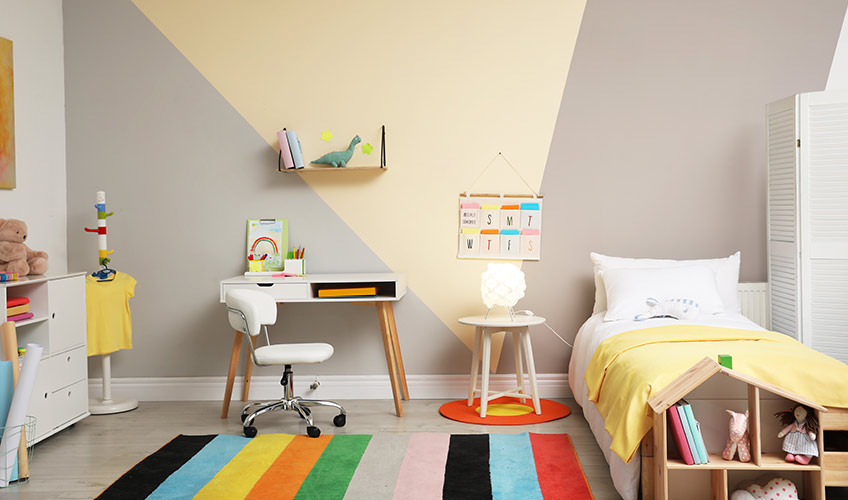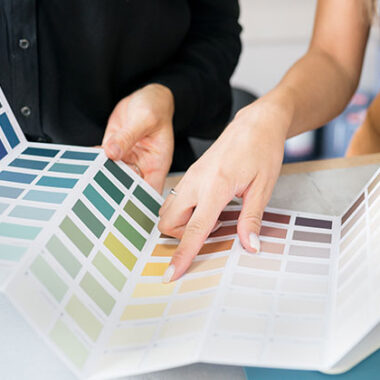
Should I Use Satin or Matte Paint? What is the Difference?
At first glance, satin and matte paints look quite similar. They both provide advantages in terms of coverage, protection, and color that most people desire in painting exterior and interior spaces. However, the question of should I use satin or matte paint will come down to personal preferences along with the unique characteristics of each type of paint.
Satin Or Matte Paint, Which Is Better Where?
Satin paint is glossier compared to matte paint. But satin does have a lower sheen compared to semi-gloss and gloss paint. You’ll find satin paint most often used for exteriors, but it can also be used for the following:
- Architraves, Baseboards, and Stair Rails
- Doors, Window Frames, and Trim
Because of its reflective nature, satin paint will reveal more of the imperfections of the surface compared to matte paint. However, for woodworking this may be an advantage if you want to bring out the shine and color. Satin paint is also well-suited for high traffic areas as its sheen helps keep the area looking newer and fresher compared to matte paint.
Matte Paint
Matte paint does not have the shine or reflective qualities of satin. This means that it will not reflect as much light. And while this can be disadvantageous for certain areas such as exteriors, it does mean that the paint will not reveal the imperfections of the surface or material as compared to satin. The areas where matte paint excels include the following:
- Walls
- Ceiling
- Floors
- Low Traffic Areas
- Work Areas such as Garages and Sheds
Matte paint is also less expensive and provides greater coverage compared to satin. This means that repainting is less expensive as well, making it perfect for touching up areas around the house. Plus, matte paint provides a more uniform appearance.
One downside is that matte paint does absorb more moisture compared to satin, making it less suitable for exteriors and humid areas around the home such as the kitchen, bathroom, and laundry areas.
Should I Use Satin or Matte Paint?
The major difference between satin and matte paint is visual. Satin paint is shinier and more reflective while matte paint is flatter and more durable. Depending on what pleases your eye aesthetically will help determine which paint you should use if both are otherwise suitable.
Satin paint is often used for exteriors thanks to its finish and resistance to the elements. It’s also easier to clean which makes it a solid choice for exterior walls.
Matte paint is more durable compared to satin and somewhat easier to clean. It is why matte paint is often used on interior walls. Because it reflects less light compared to satin, matte paint is often seen as advantageous when used for interior painting projects.
Asking should I use sating or matte paint comes down to the task that you want to complete, the suitability of the paint for the job, and the aesthetic qualities that each paint provides. Be sure to fully explore both paints before making your choice.
Email or call Tilo Martin Painting for more information 310-230-0202.



